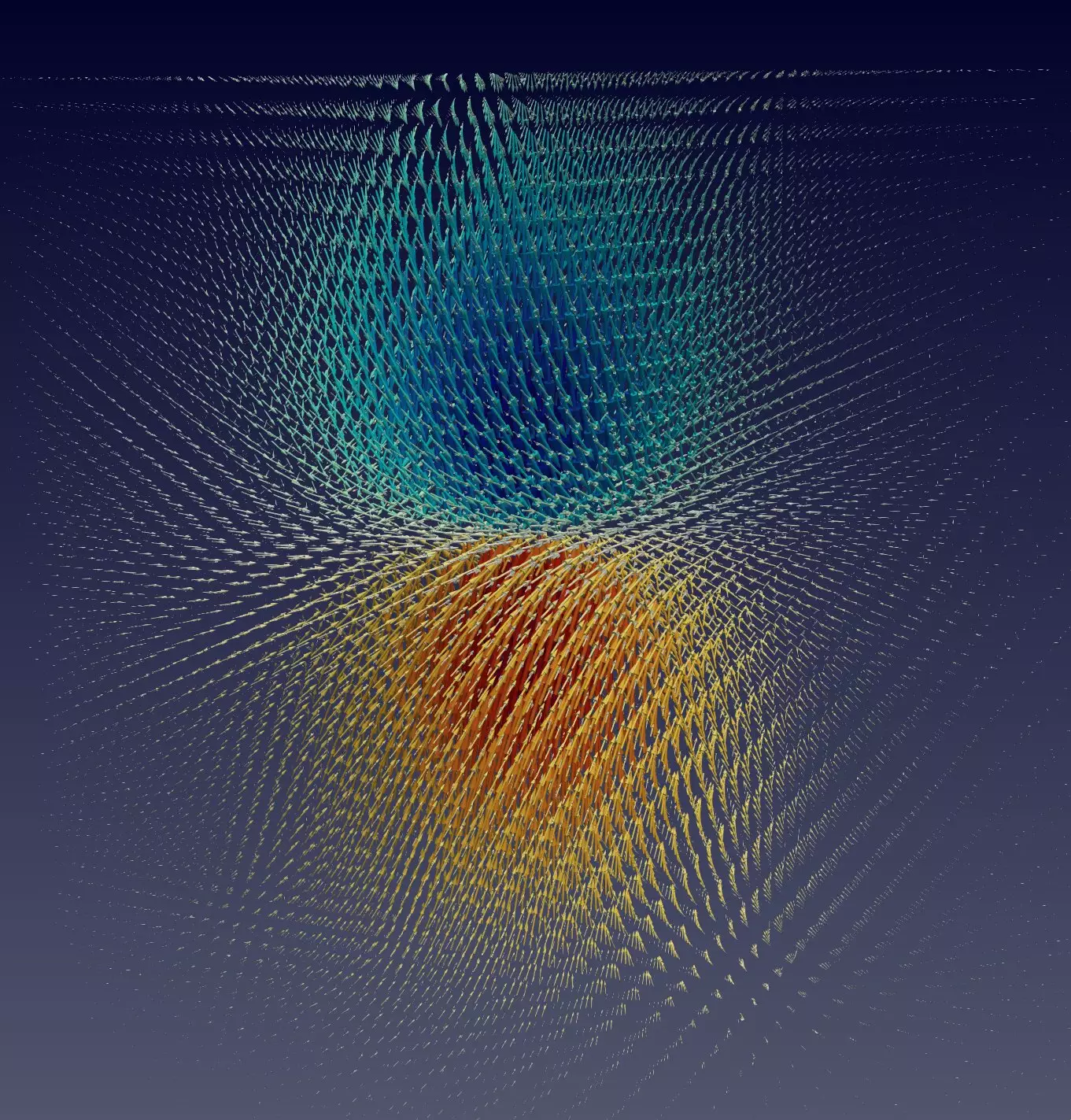Halide perovskites have emerged as a fascinating class of materials with the potential to revolutionize the fields of photovoltaics, light-emitting diodes, and optoelectronic devices. Their exceptional optoelectronic properties, such as long carrier lifetimes and diffusion lengths, have captured the interest of researchers worldwide. Recent studies have delved deep into the unique characteristics of halide perovskites, shedding light on the unconventional physics that govern these materials.
Uncovering the Origin of Carrier Lifetimes
The University of Texas at Austin researchers embarked on a study to unravel the mystery behind the extraordinary carrier lifetimes exhibited by halide perovskites. Their investigation led to the discovery of a new class of quasiparticles known as “topological polarons.” These polarons are a result of the intricate interplay between electrons and vibrations in the atomic lattice of halide perovskites, leading to the formation of localized quasiparticles with distinct properties.
The researchers developed a novel high-performance computing approach that enabled them to study the formation of polarons in halide perovskites with unprecedented detail. By incorporating the interaction between electronic carriers and lattice vibrations from first principles of quantum mechanics, they were able to simulate a wide range of scenarios, ranging from large polarons spanning several nanometers to small polarons localized around specific atoms.
Through their simulations, the researchers uncovered a myriad of unexpected findings. They observed that polarons in halide perovskites can take various forms, including periodic distortions manifesting as charge-density waves. Moreover, the simulations indicated that polarons could transition from large to small forms upon illumination, aligning closely with experimental observations. The most intriguing discovery was the emergence of vortex patterns in the atomic displacements surrounding polarons, reminiscent of topological structures found in magnetic systems.
Connections to Magnetic Quasiparticles
The topological patterns identified in halide perovskites bear a striking resemblance to well-known magnetic quasiparticles such as skyrmions, merons, and Bloch points. This unprecedented observation of non-magnetic polarons with characteristics akin to magnetic quasiparticles opens up new avenues for exploration. The researchers believe that this discovery could lead to groundbreaking advancements in the field of materials science.
Moving forward, the researchers aim to develop methods that predict the optical and transport properties of topological polarons in halide perovskites with greater accuracy. By understanding how these quasiparticles interact with light and propagate through the material, they hope to unlock new physical phenomena and expand the scope of their findings to other materials. Key questions remain unanswered, such as the generalizability of topological polarons across different material systems and the potential for tuning their properties through external factors like strain, chemical composition, or light.
The study of topological polarons in halide perovskites represents a significant step towards unraveling the complex physics underlying these unique materials. By combining advanced computational techniques with experimental data, researchers are poised to make exciting discoveries that could shape the future of optoelectronic devices and energy conversion technologies.


Leave a Reply
You must be logged in to post a comment.